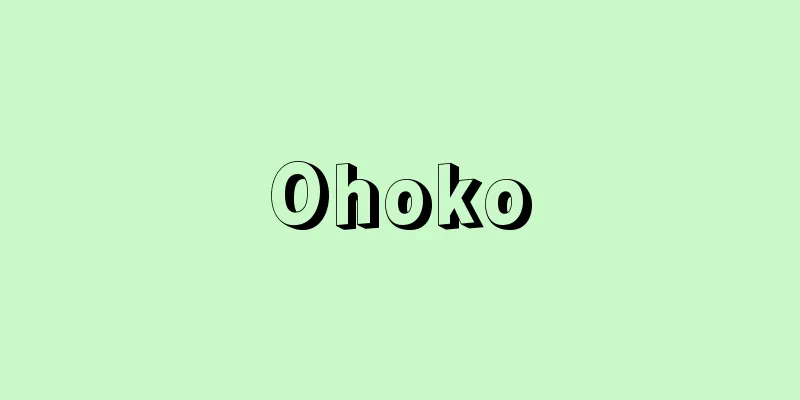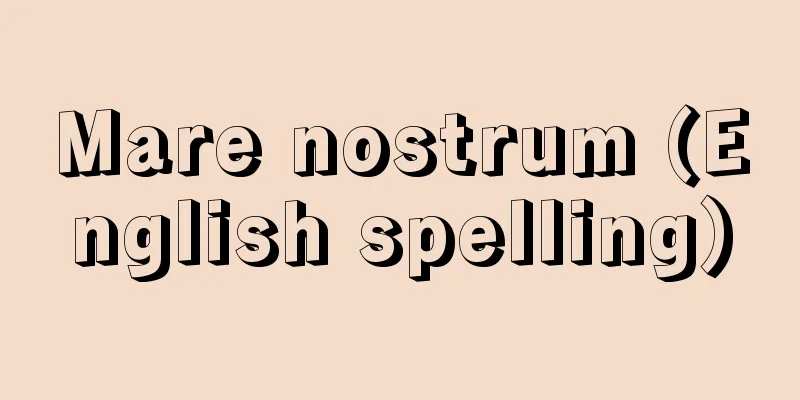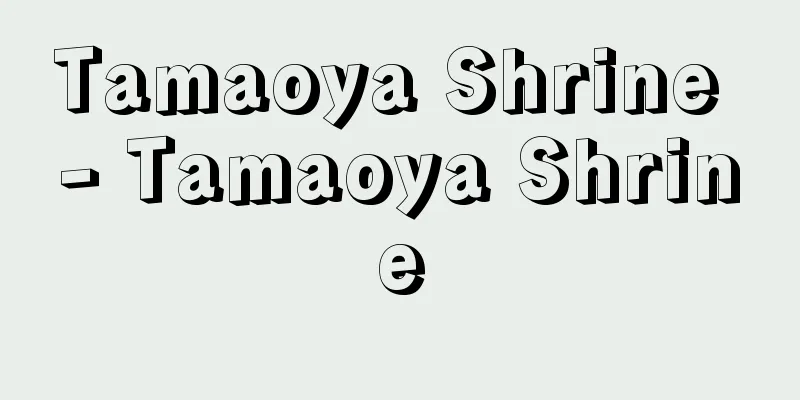Ohoko

|
A Chinese calligrapher and scholar in the mid-Qing dynasty. Born in Daxing County (Beijing, Hebei Province). His courtesy name was Zhengsan, and his pen names were Qinxi and Su Zai. He was a Jinshi in 1752 (the 17th year of the Qianlong era). After serving in the education and government departments of Guangdong, Hubei, and Shandong provinces, he returned to Beijing, where he became a editor of the Four Treasury Departments and a cabinet scholar. He studied the regular writing system of the Tang dynasty and the clerical methods of Han stone monuments, and formed a family of calligraphers. He is considered one of the four great calligraphers of the Qing dynasty, along with Liu Yong, Wang Wenzhi, and Liang Tongshu (1723-1815). He especially enjoyed the study of epigraphy, stone carvings, stone tablet engravings, and calligraphy, and was known for his broad knowledge and precise research. He left behind many excellent treatises, including the "Records of the Two Han Dynasties," "Considerations on the Lanting Pavilion," and "Selections from Tang Steles." He also had a deep knowledge of classics, history, and literature, and his writings, such as the Fuchusai Collection, the Poetry Collection, and the Sekishu Poetry and Stories, were compiled in the "Wengshi Susai Collection." [Hiroshi Kadoi March 18, 2016] [Reference item] | |Source: Shogakukan Encyclopedia Nipponica About Encyclopedia Nipponica Information | Legend |
|
中国、清(しん)朝中期の書家、学者。大興県(河北省北京(ペキン))の人。字(あざな)は正三、号は覃渓(たんけい)、蘇斎(そさい)。1752年(乾隆17)の進士。広東(カントン)、湖北、山東各省の学政を経て北京に帰り、四庫全書纂修(さんしゅう)官となり内閣学士となった。書は唐人の楷行(かいぎょう)、漢碑の隷法を学んで一家をなし、劉墉(りゅうよう)、王文治(おうぶんじ)、梁同書(りょうどうしょ)(1723―1815)とともに清の四大書家に数えられる。とくに金石、碑版、法帖(ほうじょう)の学を好み、広い識見と精密な研究とで名があり、『両漢金石記』『蘭亭(らんてい)考』『唐碑選』など、優れた多くの論文を残している。また経学、史学、文学にも造詣(ぞうけい)が深く、復初斎文集、詩集、石洲(せきしゅう)詩話などの著述が『翁氏蘇斎叢書(そうしょ)』にまとめられている。 [角井 博 2016年3月18日] [参照項目] | |出典 小学館 日本大百科全書(ニッポニカ)日本大百科全書(ニッポニカ)について 情報 | 凡例 |
Recommend
Bambusa vulgaris (English spelling)
…[Ueda Koichiro]. … *Some of the terminology that...
Jabal al-Tariq (English spelling)
…[Private City Masanori]. . … *Some of the termin...
Flat bark beetle - Flat bark beetle
A general term for insects in the family Cuculidae...
Mainichi Shimbun - Mainichi Shimbun
One of Japan's leading national newspapers. M...
Becquerel, AE (English spelling)
... The photoelectric effect is one of the physic...
Inukaibe - Inukaibe
One of the Shinabe clans in the pre-Taika period. ...
Asunaro-zoku
...the subfamily Cupressaceae, which has fleshy c...
Austenitic-ferritic duplex stainless steel - Austenitic-ferritic duplex stainless steel
…The majority of stainless steels in demand are o...
Gyoro - Gyoro
...The surname of the imperial family of the Qing...
toner
... Electrostatic latent images are developed wit...
a priori language (English)
…Furthermore, Johann Martin Schleyer (1831-1912) ...
Oniyabusotetu - Oniyabusotetu
→ Cycad Source : Heibonsha Encyclopedia About MyPe...
The Fight for Rights - The Fight for Rights (English: Der Kampf ums Recht)
A book written by German legal scholar Jhering. R...
Panaeolus papilionaceus (Japanese name)
Basidiomycetes, order Acarinales, family Coprinus....
Alpa
A harp used throughout Latin America. It originate...









